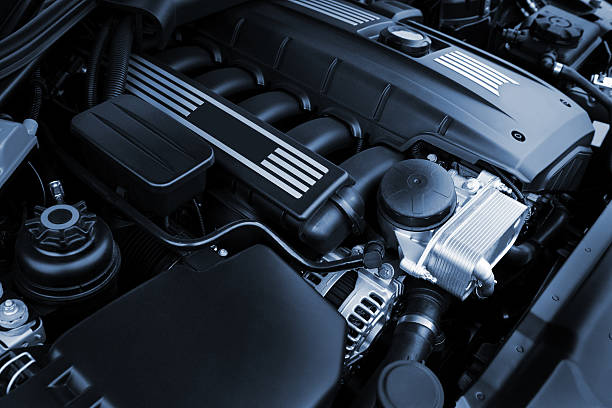Torsion Beam Suspension: The Unsung Hero of Affordable Handling
Dive into the world of automotive engineering where simplicity meets performance. Torsion beam suspension, often overlooked in favor of more complex systems, has quietly revolutionized handling in budget-friendly vehicles. This ingenious design combines cost-effectiveness with surprising agility, challenging the notion that advanced suspension is reserved for luxury cars. Join us as we explore how this unassuming technology is reshaping the driving experience for millions.

A Historical Perspective
Torsion beam suspension isn’t a new kid on the block. Its roots trace back to the 1930s when André Citroën pioneered its use in the revolutionary Traction Avant. However, it was in the 1970s and 1980s that this system gained widespread adoption, particularly in European compact cars. Manufacturers like Volkswagen and Peugeot recognized its potential to deliver decent handling characteristics at a fraction of the cost of more sophisticated setups.
The Cost-Performance Balancing Act
One of the primary reasons for the torsion beam’s enduring popularity is its exceptional cost-performance ratio. For automakers, it’s a dream come true – a suspension system that’s inexpensive to produce, easy to install, and requires minimal maintenance. This translates to lower vehicle prices for consumers without significantly compromising ride quality or handling. It’s this economic efficiency that has made torsion beam suspensions a staple in entry-level and mid-range cars worldwide.
Handling Characteristics: Breaking Stereotypes
Contrary to popular belief, torsion beam suspensions can deliver impressive handling characteristics. While they may not match the sophistication of multi-link setups, modern torsion beam designs have come a long way. Advanced materials and refined geometries allow for a balance between comfort and sportiness that was once thought impossible for such a simple system. Many hot hatches and sport compacts employ torsion beams to great effect, proving that simplicity doesn’t always equate to compromised performance.
Space Efficiency: A Hidden Advantage
Beyond cost and performance considerations, torsion beam suspensions offer a significant advantage in space efficiency. The compact design allows for a lower floor in the rear of the vehicle, translating to increased cargo capacity – a crucial selling point in compact cars and hatchbacks. This clever use of space has made torsion beam suspensions particularly popular in urban-oriented vehicles where every cubic inch of storage matters.
The Future of Affordable Performance
As automotive technology advances, one might expect torsion beam suspensions to fade into obscurity. However, the opposite is happening. Engineers are finding new ways to enhance this tried-and-true system. Innovations in materials science, such as the use of high-strength steels and composites, are pushing the performance envelope further. Some manufacturers are even experimenting with hybrid systems that combine the simplicity of a torsion beam with elements of more advanced suspensions, aiming to offer the best of both worlds.
Challenges and Criticisms
Despite its advantages, torsion beam suspension isn’t without its critics. Detractors point out its limitations in ultimate handling precision and ride refinement compared to independent rear suspensions. There’s also the issue of wheel camber control, which can be more challenging with a torsion beam setup. These criticisms have led some manufacturers to move away from torsion beams in their higher-end models, opting for more sophisticated (and expensive) alternatives.
A Sustainable Choice?
In an era where sustainability is increasingly important, torsion beam suspensions offer an interesting perspective. Their simplicity means fewer materials are used in production, potentially reducing the environmental impact. Additionally, the system’s durability and low maintenance requirements contribute to longer vehicle lifespans. As the automotive industry grapples with environmental concerns, the humble torsion beam might find itself in the spotlight for its eco-friendly attributes.
Tuning and Modification: The Enthusiast’s Playground
For automotive enthusiasts, torsion beam suspensions present a unique challenge and opportunity. While they may seem less adaptable than independent setups, creative aftermarket solutions have emerged. From reinforced beams to adjustable bushings, the tuning potential is surprisingly vast. This has given rise to a subculture of enthusiasts who take pride in extracting maximum performance from these ostensibly simple systems, proving that with ingenuity, even basic components can be transformed into high-performance assets.
In conclusion, torsion beam suspension stands as a testament to the power of simplicity in engineering. Its ability to deliver affordable, space-efficient, and surprisingly capable performance has ensured its place in the automotive landscape for decades. As we look to the future of mobility, this unassuming technology continues to evolve, challenging preconceptions and proving that sometimes, less really is more in the world of automotive design. Whether you’re a budget-conscious consumer or a performance enthusiast, the torsion beam suspension deserves recognition as a true unsung hero of the automotive world.





